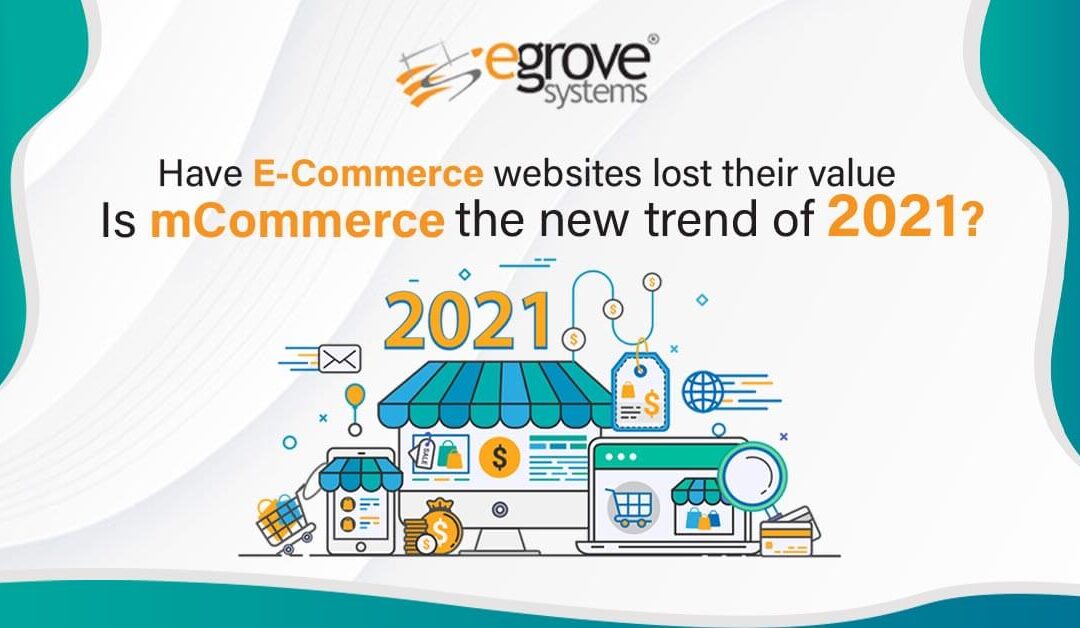Do you know mobile commerce is projected to be accountable for more than 54% of online sales by 2022?
Yes, that’s true!
Long gone are the days when customers had to specifically open a laptop, trace your website, and purchase products. Today, they strive for comfort and ease. And an e-commerce website surely doesn’t fit the map.
To begin with, let’s have a quick look at what is the difference between an e-commerce store and its counterpart, mobile app.
eCommerce Vs mCommerce
In simple terms, an e-commerce site is a website created to host, promote, and sell products to the end-users. mCommerce, on the other hand, is the mobile version of the same store. Instead of having the need to visit the chrome browser and browse the website, mCommerce allows the business owner’s to have a dedicated app for their store.
One reason why mCommerce is trending everywhere is the fact that people nowadays prefer using mobile over a desktop or laptop. There are a million active mobile users who engage and interact with apps on a frequent basis.
However, this alone isn’t enough to advocate the growing trend of mCommerce in 2021. mCommerce has a lot more to offer and probably that is the reason for its unprecedented growth.
Read Also: How to start an eCommerce marketplace development from Scratch
What makes mCommerce the hero of e-commerce solutions?
mCommerce sets the pace of personalization
The industrial age was all about promoting products but the information age that we thrive in brings in customers as the core of the solution. And the present age consumers strive for personalized services.
Where e-commerce websites offer a generic outlook, mobile apps are designed to filter the feed based on the interest, preferences, and the location of the user, leading to content customization. This has proven to generate results better and faster. Geographically filtered results or user behaviour based recommendations, all facilitate improved engagement.
mCommerce keeps users informed and updated
Remember the last time you purchased a product from the online store and had to visit the website time and again to stay updated on the delivery status?
Yes, that could be time-consuming. This is, in fact, one of the pain points identified with respect to e-commerce. Keeping this as the base, mCommerce offers timely updated and regular notifications to keep you posted. From product packaging to shipment, delivery delay to final feedback, the app supports all. As an onus, users also get notifications of offers and giveaways hosted on the store, right on their mobile device. Isn’t this great?
Augment Features on the Go
Got a damaged product? You need to click an image and share it with the customer support team. Now imagine doing this for the e-commerce site. Click an image, transfer to the laptop, and upload. A lot of work here.
mCommerce contrarily is enabled to access the device hardware and use it as and when needed. Whether a camera or the GPS, direct call from the app or contact list, everything can be accessed directly via the app.
Conclusion: Where Do We Stand Today?
Stating that mobile commerce has taken over e-commerce websites would be vague. The e-commerce websites have a vast scope and cannot be totally replaced in a single shot. However, the transition has started, and currently, we are in the grey area of e-commerce websites and mCommerce solutions. It is only in the future that we will see the actual transformation.







